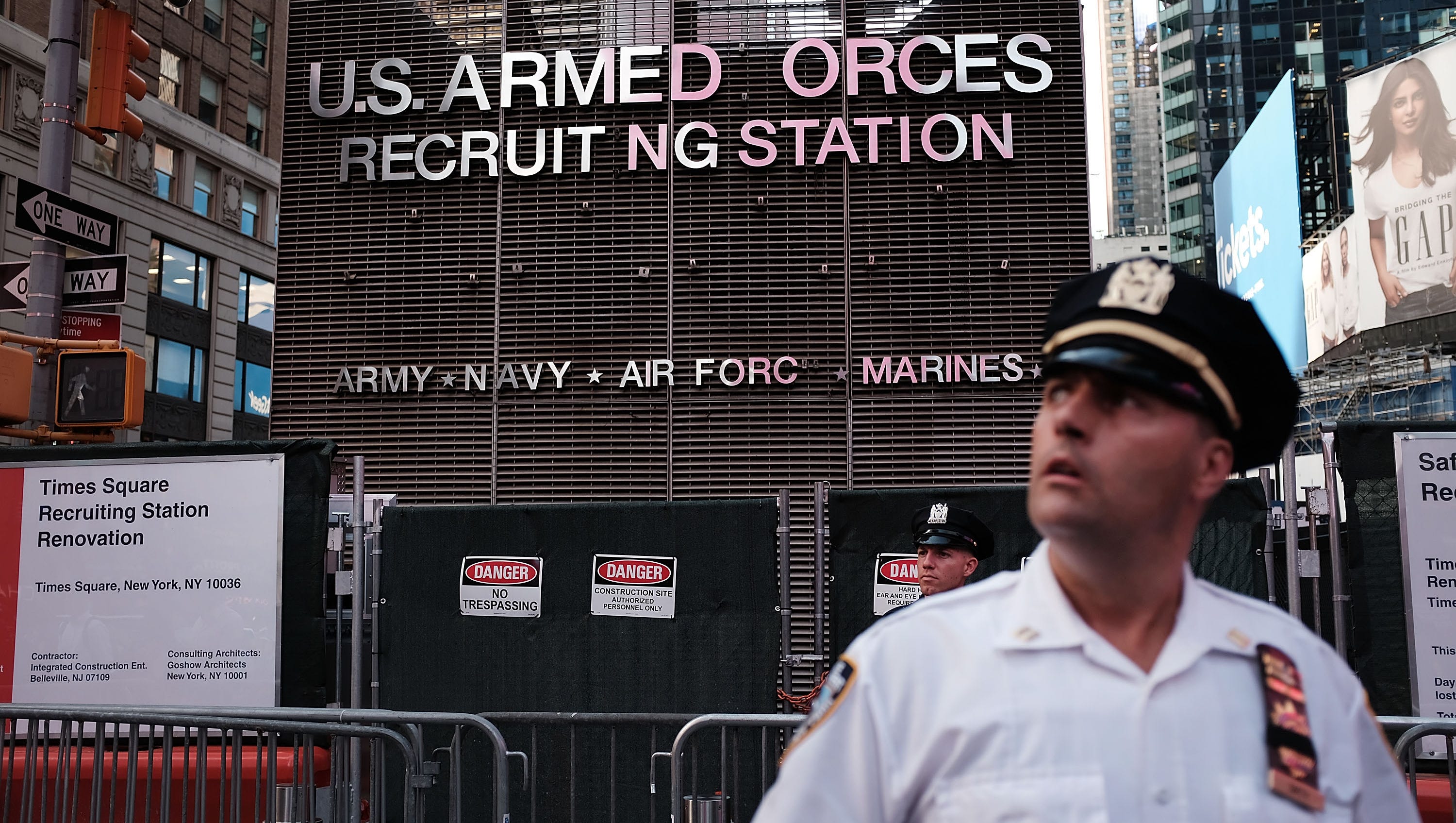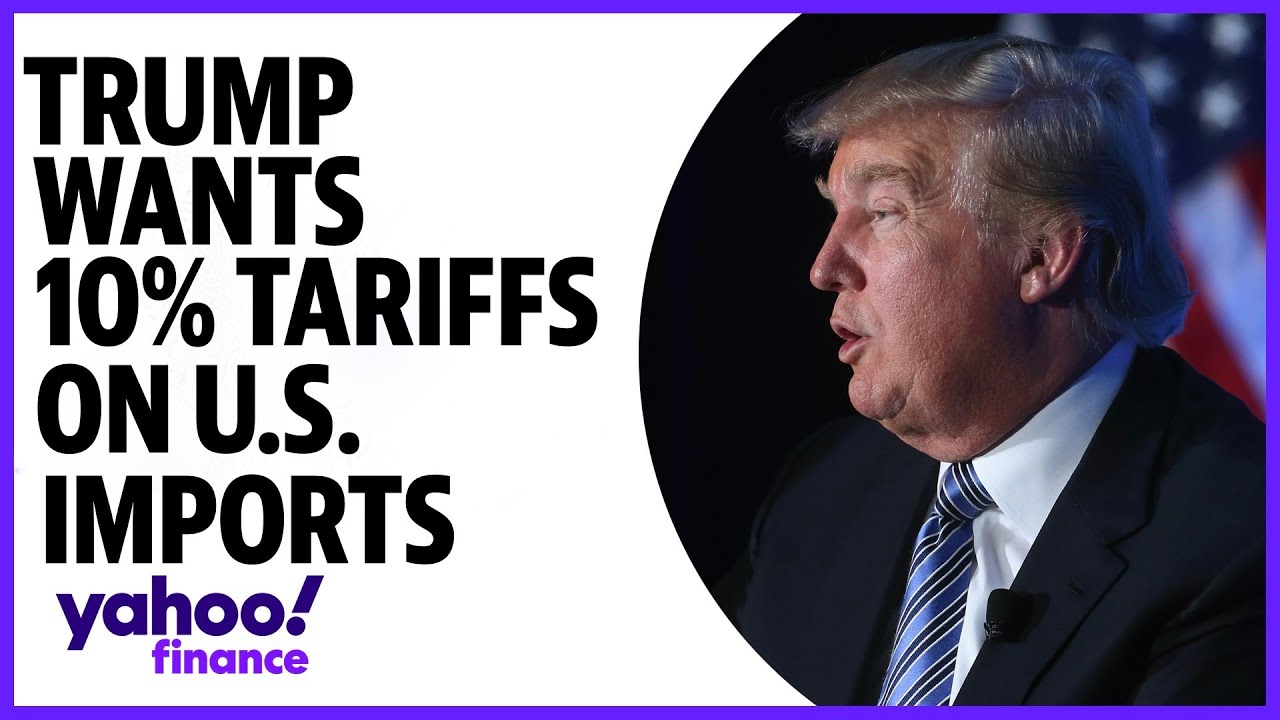Understanding Trump's Stance On Transgender Service Members

Table of Contents
Trump's Initial Policy Changes and the "Transgender Ban"
In July 2017, the Trump administration announced a new policy effectively banning transgender individuals from serving openly in the US military. This policy reversal, often referred to as the "transgender ban," significantly altered the previously established guidelines under the Obama administration.
- Details of the ban: The ban prohibited transgender individuals from enlisting or continuing to serve in the military if they did not meet specific criteria, effectively barring open service for most transgender individuals. This included restrictions on gender transition-related medical care while serving.
- Stated Justifications: The administration justified the ban primarily on grounds of military readiness, citing concerns about the costs associated with gender transition-related medical care and potential disruptions to unit cohesion. These justifications were heavily contested.
- Impact on Recruitment and Retention: The ban significantly impacted the recruitment and retention of transgender service members. Many transgender individuals felt forced to leave the military, while potential recruits were deterred from joining. This led to a loss of valuable talent and experience within the armed forces.
- Department of Defense Implementation: The Department of Defense played a key role in implementing the ban, issuing directives and guidelines to enforce the new policy across all branches of the military. This implementation process faced resistance and numerous legal challenges.
Legal Challenges and Court Battles
The "transgender ban" faced immediate and widespread legal challenges. Numerous lawsuits were filed by transgender service members and advocacy groups, arguing that the ban violated constitutional rights and principles of equal protection.
- Key Legal Arguments: Plaintiffs argued that the ban discriminated against transgender individuals based on their gender identity, violating the Fifth Amendment's due process clause and other constitutional protections. They also challenged the administration's justifications for the ban, arguing that they were based on unfounded assumptions and stereotypes.
- Significant Court Rulings: Several federal courts issued injunctions blocking the implementation of the ban, citing its discriminatory nature. These rulings highlighted the legal weaknesses of the administration's arguments. The Supreme Court eventually allowed the ban to go into effect, but the legal battles continued.
- Involvement of Civil Rights Organizations: Organizations such as the American Civil Liberties Union (ACLU) and Lambda Legal played crucial roles in supporting the legal challenges, providing legal representation and advocating for the rights of transgender service members.
- Key Cases: Doe v. Trump and similar cases were instrumental in shaping the legal landscape surrounding the ban, and ultimately led to its eventual overturn under subsequent administrations.
The Impact on Transgender Service Members
Trump's policies on transgender service members had a profound and lasting impact on the lives of those affected.
- Emotional and Psychological Toll: The uncertainty and anxiety surrounding the ban created significant emotional and psychological stress for transgender service members, many of whom feared losing their jobs, healthcare, and sense of belonging.
- Impact on Careers and Job Security: The ban jeopardized the careers and job security of transgender service members, forcing many to choose between their military careers and their identities.
- Effect on Healthcare Access: Restrictions on gender transition-related healthcare severely affected the well-being of transgender service members, hindering access to necessary medical care.
- Long-Term Consequences for Morale and Military Readiness: The ban negatively impacted morale and military readiness by creating a climate of fear and discrimination within the ranks, potentially undermining unit cohesion and effectiveness.
Political and Public Opinion on Trump's Stance
Trump's stance on transgender service members sparked intense debate and divided public and political opinion.
- Reactions from Different Groups: The ban faced strong opposition from many Democratic politicians and LGBTQ+ rights organizations, while some conservative groups supported the policy. Within the military itself, opinions were divided.
- Public Opinion Polls: Public opinion polls revealed a range of perspectives on the issue, with varying levels of support for transgender inclusion in the military. The debate often centered around issues of religious freedom, military readiness, and equality.
- Role of Media Coverage: Media coverage played a significant role in shaping public perception of the ban, with differing narratives presented by different news outlets.
- Shifts in Public Opinion: Public opinion on transgender issues has evolved over time, and this shift has influenced political discourse and policy decisions.
Comparing Trump's Stance with Previous Administrations
Obama-era policies generally allowed transgender individuals to serve openly in the military, provided they met certain medical and readiness standards. This stood in stark contrast to Trump's ban. The difference highlights the significant shift in policy regarding LGBTQ+ inclusion in the US military during this period. This shift reflected broader societal changes and debates surrounding LGBTQ+ rights and inclusion.
Conclusion
This article has explored the complexities of Donald Trump's stance on transgender service members, highlighting the policy changes, legal challenges, and the significant impact on individuals and military readiness. His administration's policies were controversial and faced considerable legal and political opposition. Understanding Trump's stance on transgender service members provides crucial context to current debates on LGBTQ+ inclusion in the military. Further research into the ongoing impact of these policies and the experiences of transgender service members is crucial for fostering a more inclusive and equitable military. Continue your learning by exploring [link to relevant resource, article, or organization].

Featured Posts
-
 Todays Stock Market China Tariff News And Uk Trade Deal Developments
May 10, 2025
Todays Stock Market China Tariff News And Uk Trade Deal Developments
May 10, 2025 -
 Controversia Por Arresto De Estudiante Transgenero En Bano Femenino
May 10, 2025
Controversia Por Arresto De Estudiante Transgenero En Bano Femenino
May 10, 2025 -
 Is Palantir Stock A Buy Before May 5th Analysis And Predictions
May 10, 2025
Is Palantir Stock A Buy Before May 5th Analysis And Predictions
May 10, 2025 -
 Roman Fate Season 2 A Potential Replacement Show To Avoid Spoilers
May 10, 2025
Roman Fate Season 2 A Potential Replacement Show To Avoid Spoilers
May 10, 2025 -
 Hl Yhqq Barys San Jyrman Hlmh Alawrwby
May 10, 2025
Hl Yhqq Barys San Jyrman Hlmh Alawrwby
May 10, 2025
